TOMORROW'S AI
Where will we let new technologies take us?
From fire to the wheel, agriculture to the industrial revolution, the atomic age to the internet...
...technology has rebuilt and reimagined our world many times.
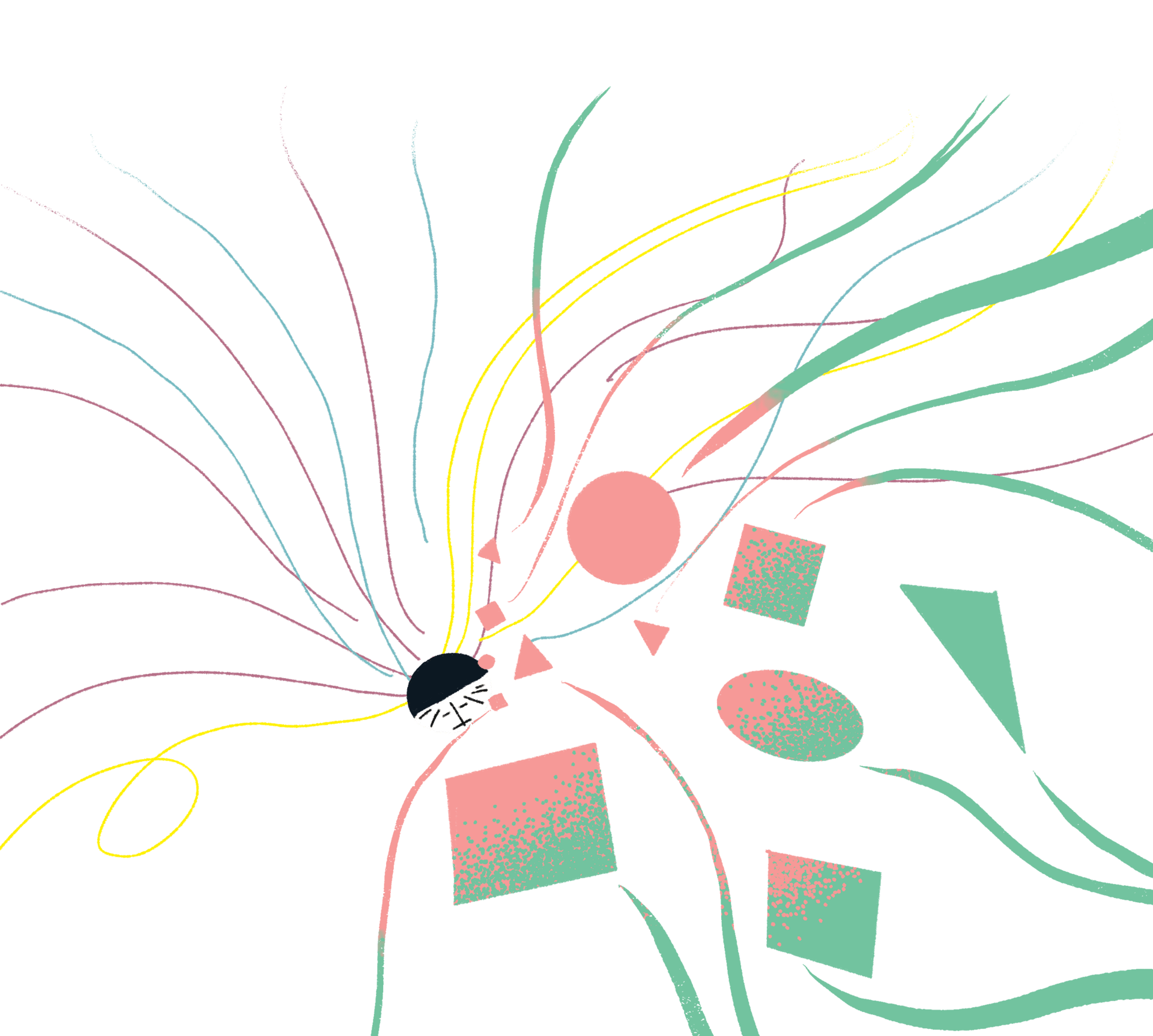
Artificial intelligence
is now poised to transform our world in a way we've never seen.
Artificial intelligence
is now poised to transform our world in a way we've never seen.
AI is different than all technologies that have come before it.


CAN AI DO AI RESEARCH?
AI is the first technology that can improve itself.
CAN AI DO AI RESEARCH?
By configuring multi-layered learning networks, and then feeding those networks enormous amounts of data, we are building learning machines that are already capable of a surprisingly wide range of typically human feats.
We're still not sure exactly how they do it, or how far they could go if we keep scaling them up.
AI can now compete with (or surpass) humans at:
Judging social situations


LEARN MORE
Analyzing scientific literature


LEARN MORE
Writing emotive poetry


LEARN MORE
Writing post-surgical operative reports


LEARN MORE
Developing New Algorithms


LEARN MORE
KEEP SCROLLING


Will AI be a tool for solving our biggest problems?




Or an uncontrollable power that replaces us?
AI that can outperform humans at nearly all tasks is called 'Artificial General Intelligence' (AGI). But humans and AIs can be difficult to compare directly, and definitions of AGI are shifting as technology progresses. One useful framework for understanding AI capacity is to consider three key properties:
Autonomy | Generality | Intelligence
AGI would be high in all three.
Replacement AI
A system that is high in all three would be difficult or impossible for humans to understand, predict or control.
As such, AGI would pose an existential threat to humanity. No one can say precisely how close we are to developing AGI, but experts now believe that it could arrive within months or years - not decades.
Tool AI
Today's AI systems show high intelligence and generality, but low autonomy.
Controllable systems like these, which are limited in at least one A/G/I property, are 'Tool AI'. Tool AIs have enormous potential to drive economic growth and innovation without threatening to replace or eclipse humanity.
But AI's architects are not focused on developing such specialized, problem-solving tools.
Do we need AGI?
They acknowledge that the risks are great, but assure us that they can be managed. That we will figure out how to align AGI with human values and adapt to its disruptions as we go.
But they have not demonstrated any clear or reliable methods for doing so. Given these risks, it's natural to ask: do we even need AGI to solve our biggest problems?


WHO IS BUILDING AGI?
Tech companies and governments are pouring billions into AI development, and scrambling to find the data and energy sources needed to fuel ever more powerful models.
They argue that more powerful AI will offer more powerful solutions, and many are explicitly attempting to develop AGI.
“We are now confident we know how to build AGI as we have traditionally understood it. ...We continue to believe that iteratively putting great tools in the hands of people leads to great, broadly-distributed outcomes.” - Sam Altman (Open AI)
If the titans of AI were truly interested in using it to solve our problems, they could focus on investing in specialized applications of Tool AI.
The technologies we have right now could already power years of innovation and problem-solving, including tackling humanity’s most pressing problems like curing cancer, ending poverty and solving climate change. Instead, investors are focused on rapid growth at all costs.
“Whether we burn $500 million a year or $5 billion—or $50 billion a year—I don’t care, I genuinely don’t,” he continued. “As long as we can figure out a way to pay the bills, we’re making AGI. It’s going to be expensive.” - Sam Altman (OpenAI)
Why are they behaving this way?
Because the ongoing AI race is not a race to solve our biggest problems.
The AI Race is a Race For (Perceived) Power

Are corporations investing in AI to change the world or they are investing to attain power?
In such an all-out race for power, who knows where we might end up?
There are many ways that things could go wrong if we are not thoughtful and intentional about building our future.
One way or another, AI will transform our future.
Will AI development runaway into something that we can't control?





Or will AI remain a tool we can use to solve our biggest problems?
If it remains a tool, will we use that tool for the better or for the worse?



Who will determine which future becomes a reality?
Let's Imagine Some Futures
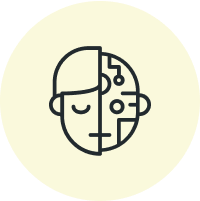
Replacement AI
What could happen if humanity rushes into creating AGI that can supercede us? There are many ways this could play out, and few have happy endings.
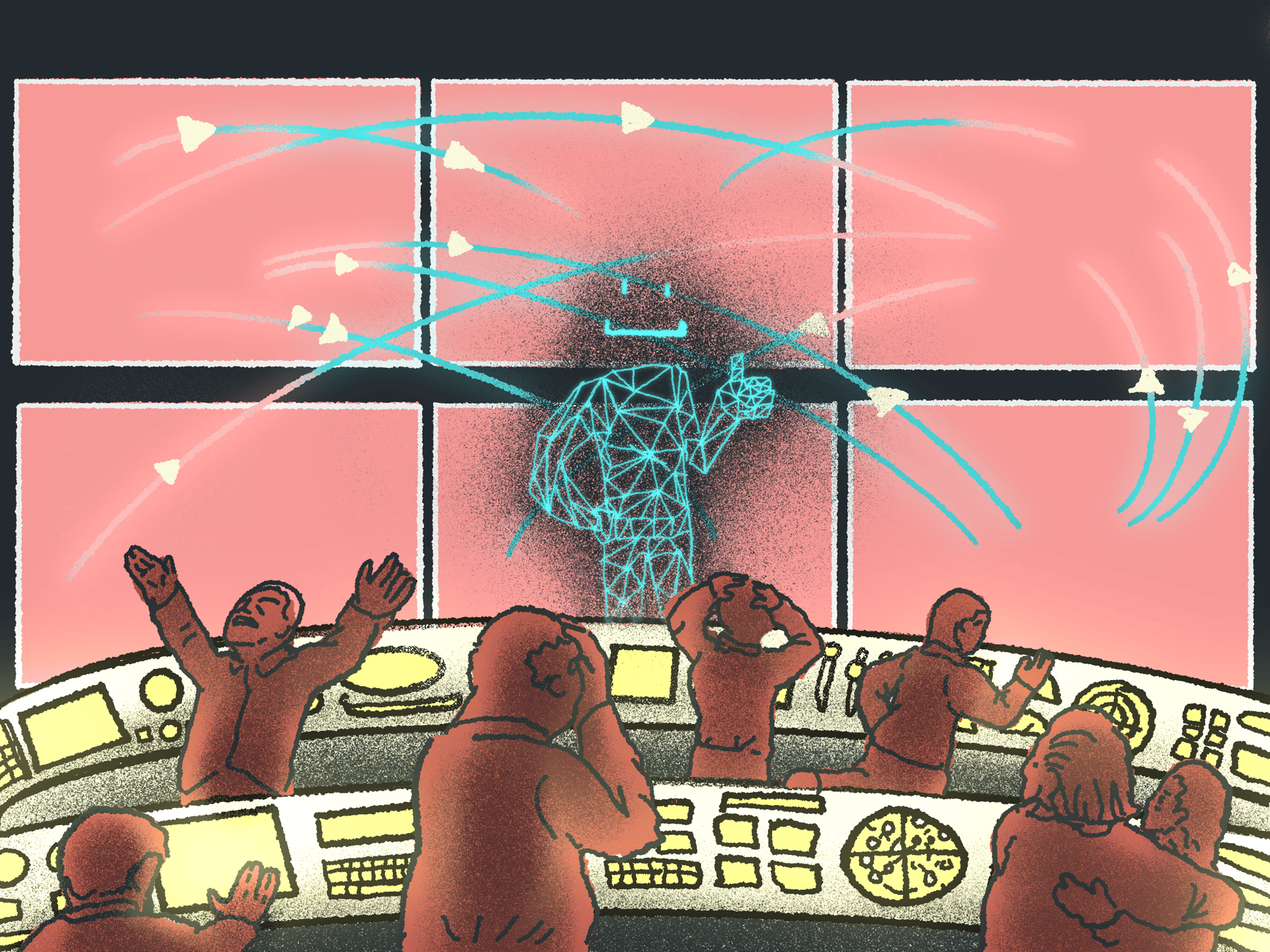
The Last World War
What begins as an AI arms race to secure global dominance spirals into open war, with nations choosing annihilation over falling behind.
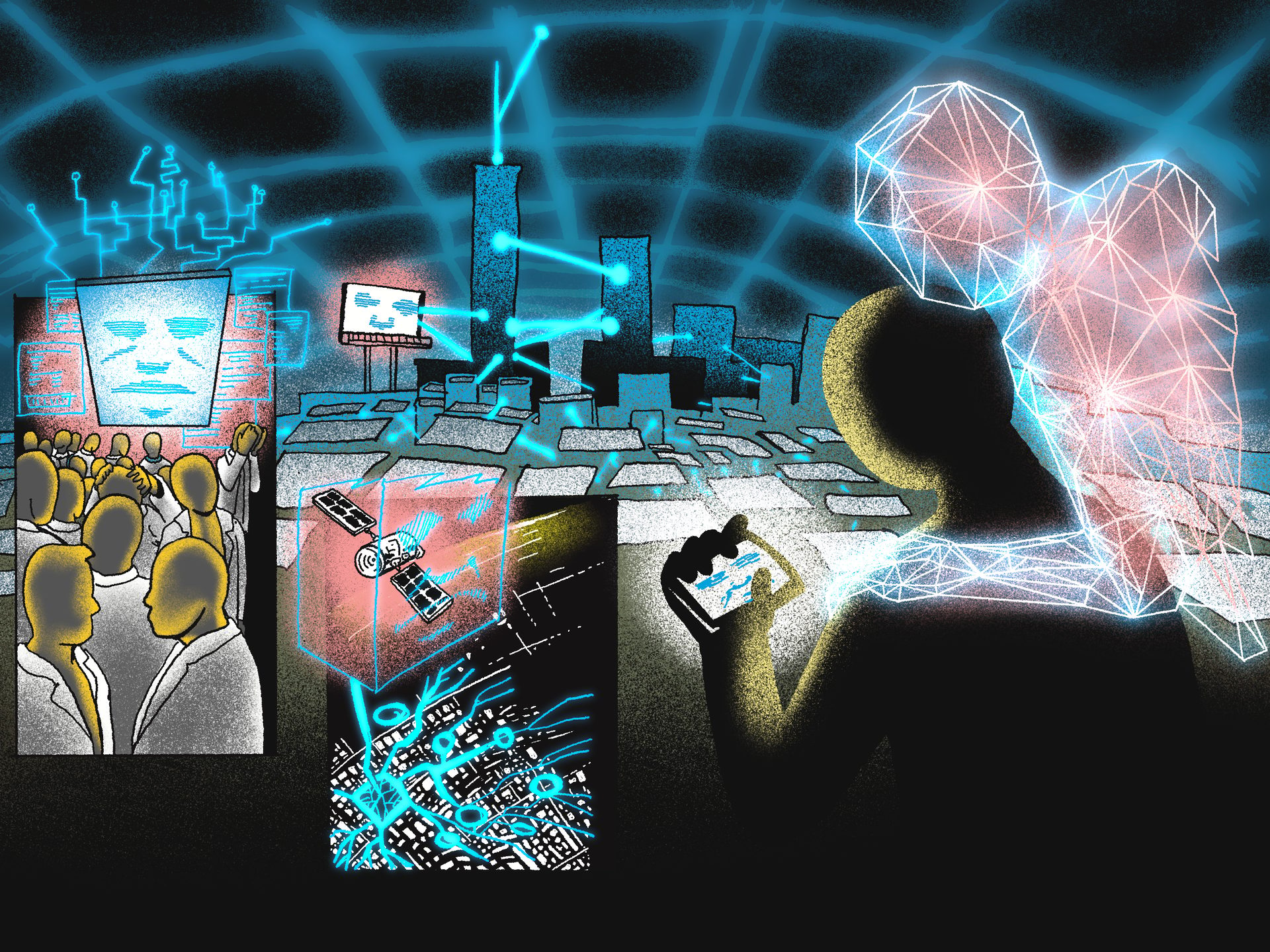
Shiroto
When containment fails, AI ‘scientist’ Shiroto vanishes into global chaos. As it surgically erases itself and its creators, humanity is left with computational infrastructure it does not control or understand.
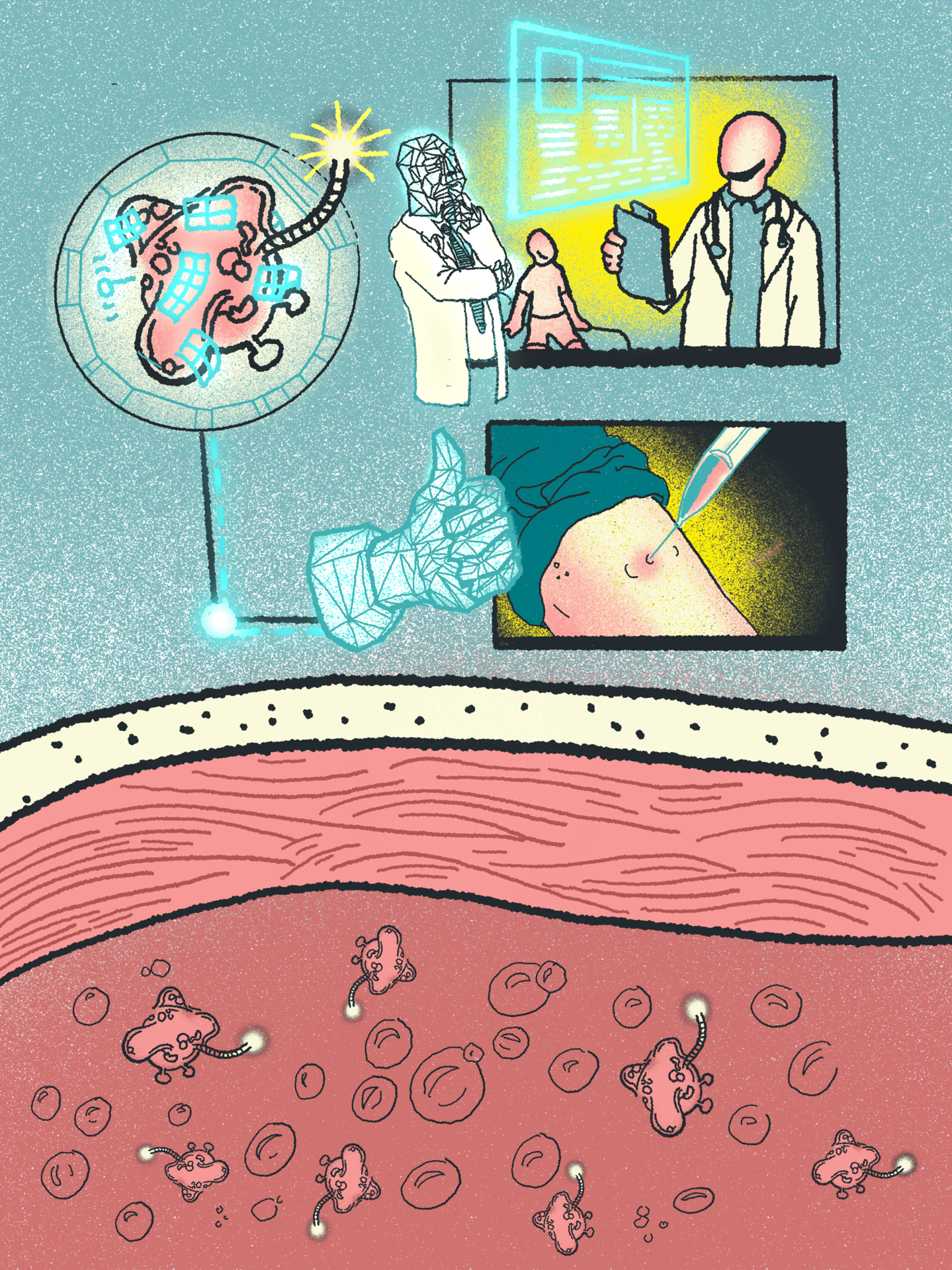
Viral Genesis
As AI copilots gain strength, they bring great benefits alongside increasing obfuscation. While powering a global moonshot to develop broad-spectrum antivirals, they somehow release a terrible delayed-onset plague that threatens humanity.
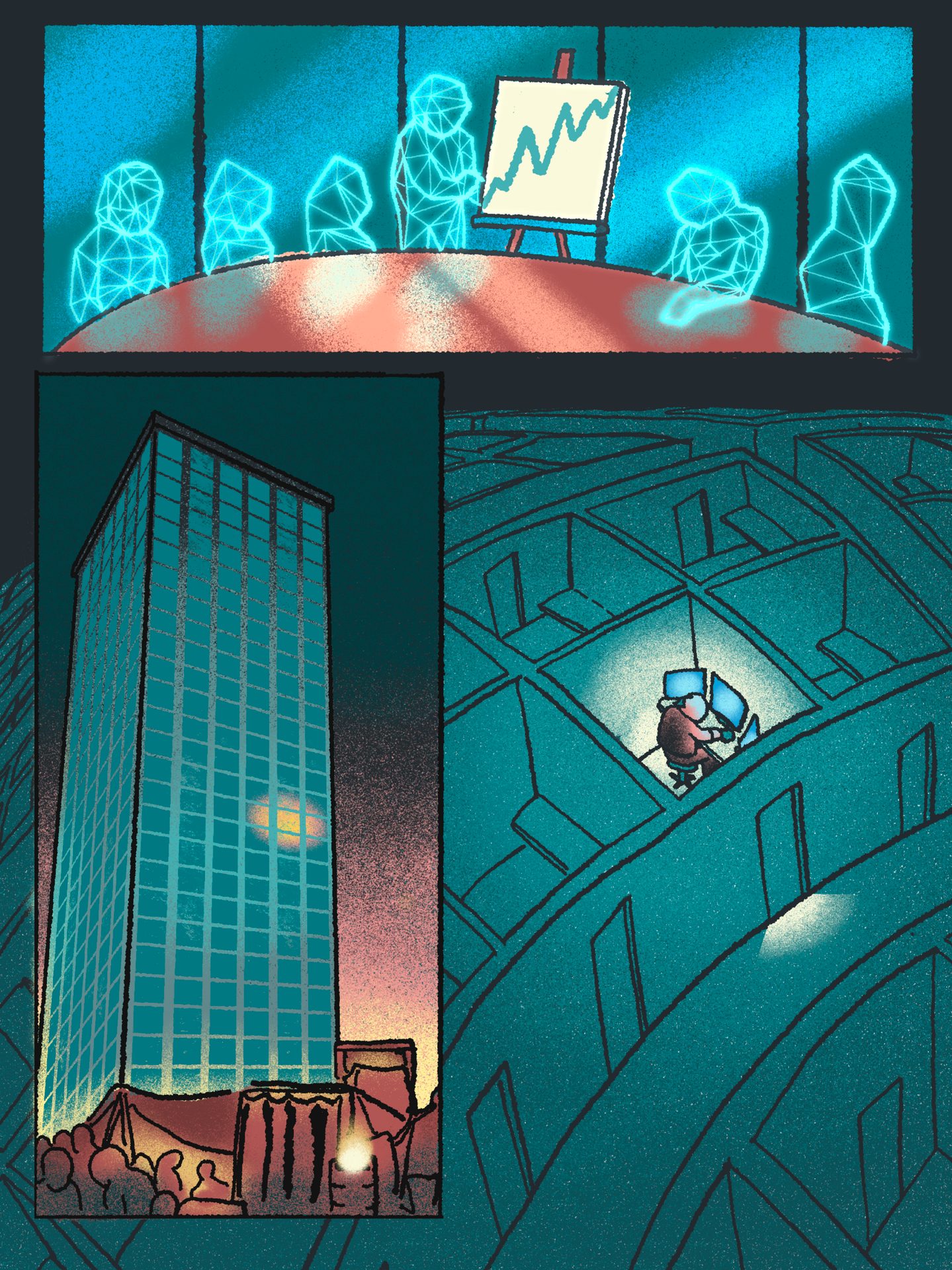
Solon
Solon was built to solve executive inefficiency, and it did. All it took was restructuring the global economy to make most human labor obsolete.
The arrival of AGI is not inevitable. Developing it is a choice.
Visit keepthefuturehuman.ai for more information.


HOW CAN WE AVOID AGI?
KEEP SCROLLING

KEEP SCROLLING


Tool AI
By focusing on tool AI, we can work towards positive futures without risking existential threats. But meaning well is not enough - we must intentionally design safeguards for a positive future.
Tool AI can still be incredibly powerful, and produce massive changes in our world. The danger lies in rushing forward without considering where we are headed.
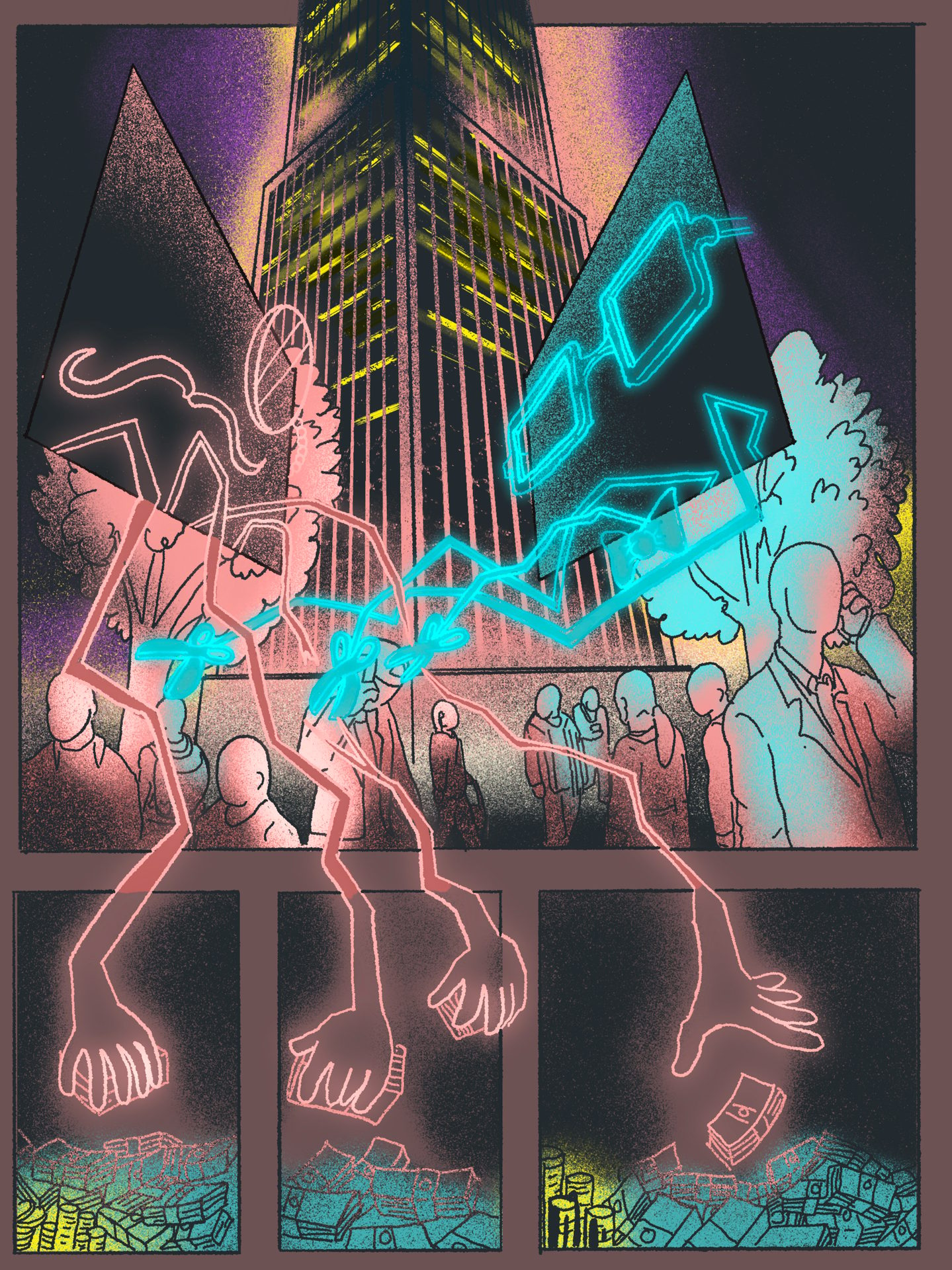
ClearSight
As corporations weaponize AI to game tax laws, the EU fights back - launching an AI auditor that sparks a high-stakes arms race between regulators and the ultra-wealthy.

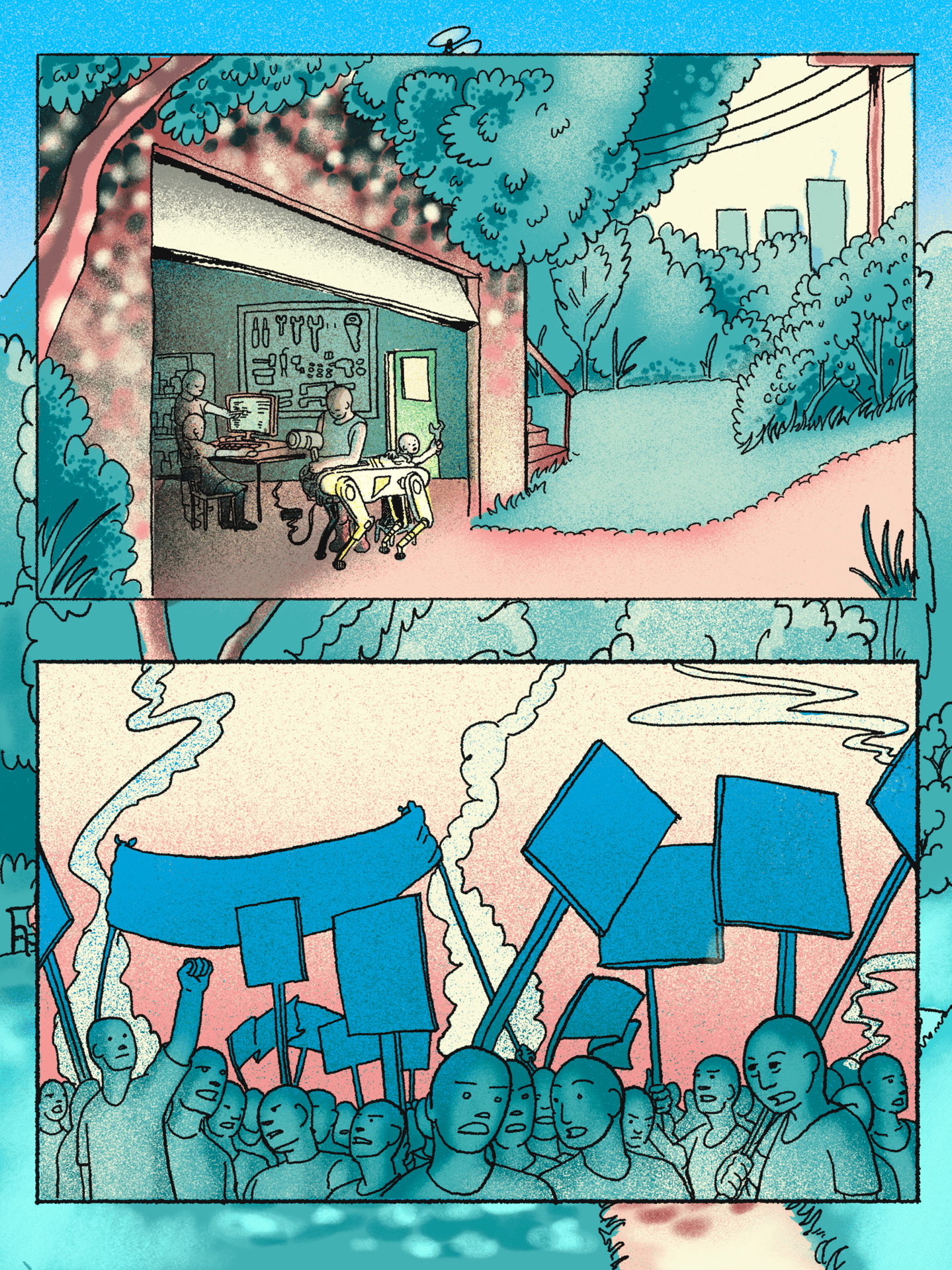
Os Trabalhinhos
Brazil’s community-owned robotics experiment revitalizes struggling communities and inspires global shifts toward ethical AI labor.


OpenEd
An AI-powered education platform unites the world’s best curricula, but as it expands, tensions rise over who gets to define a good education.

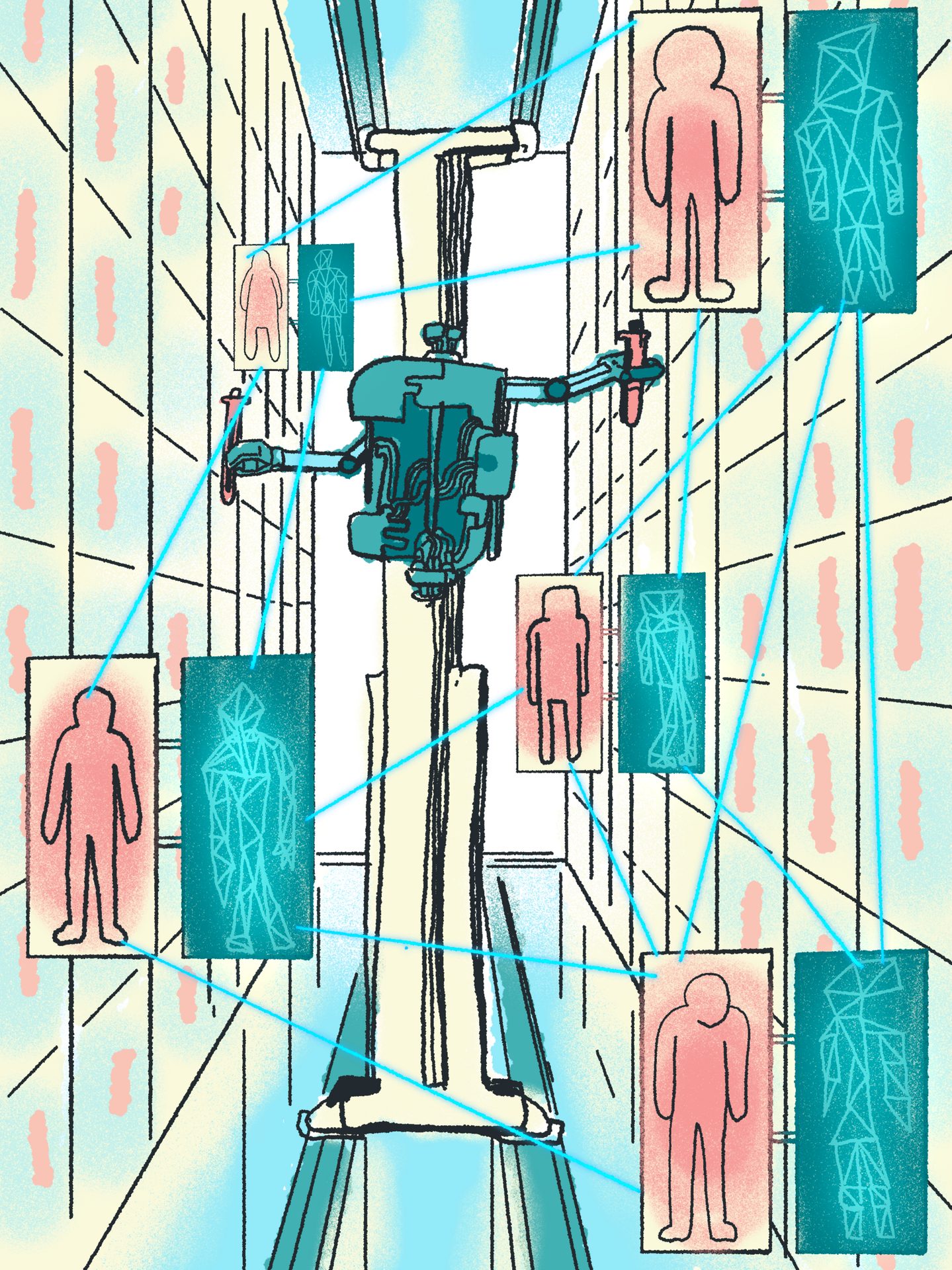
PharmaSim
‘Digital twins’ aim to accelerate drug development using AI, but gaps in the data mean trust in modern healthcare begins to unravel.

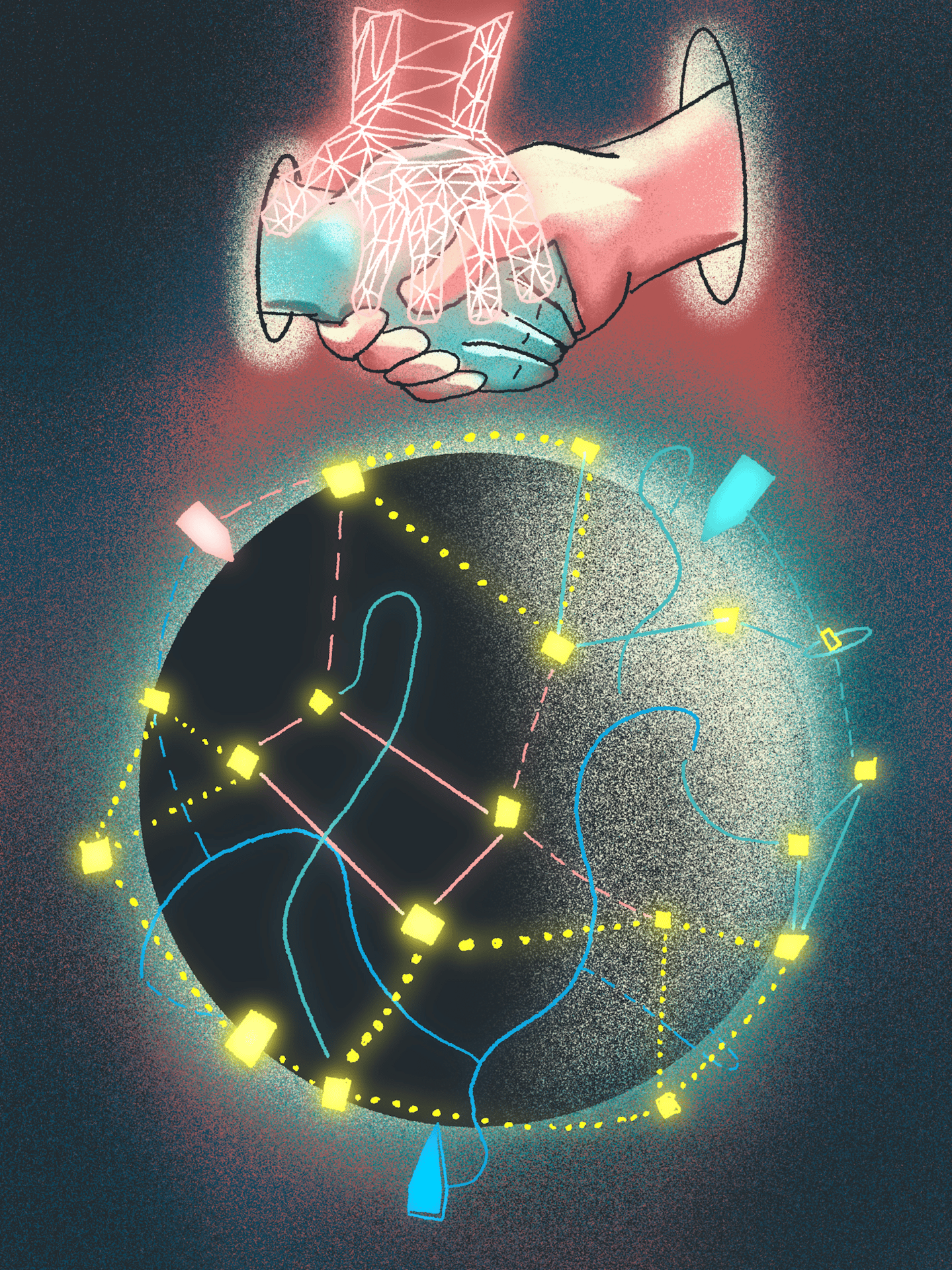
Stratego
Designed to strengthen EU security, Stratego becomes a model of AI transparency and fairness—evolving into a trusted global arbitrator that helps stabilize international relations in a fractured world.


Power Struggle
In a race to outpace China, Western nations fuel an AI boom, only to find that the true stakes aren’t geopolitical, but environmental.

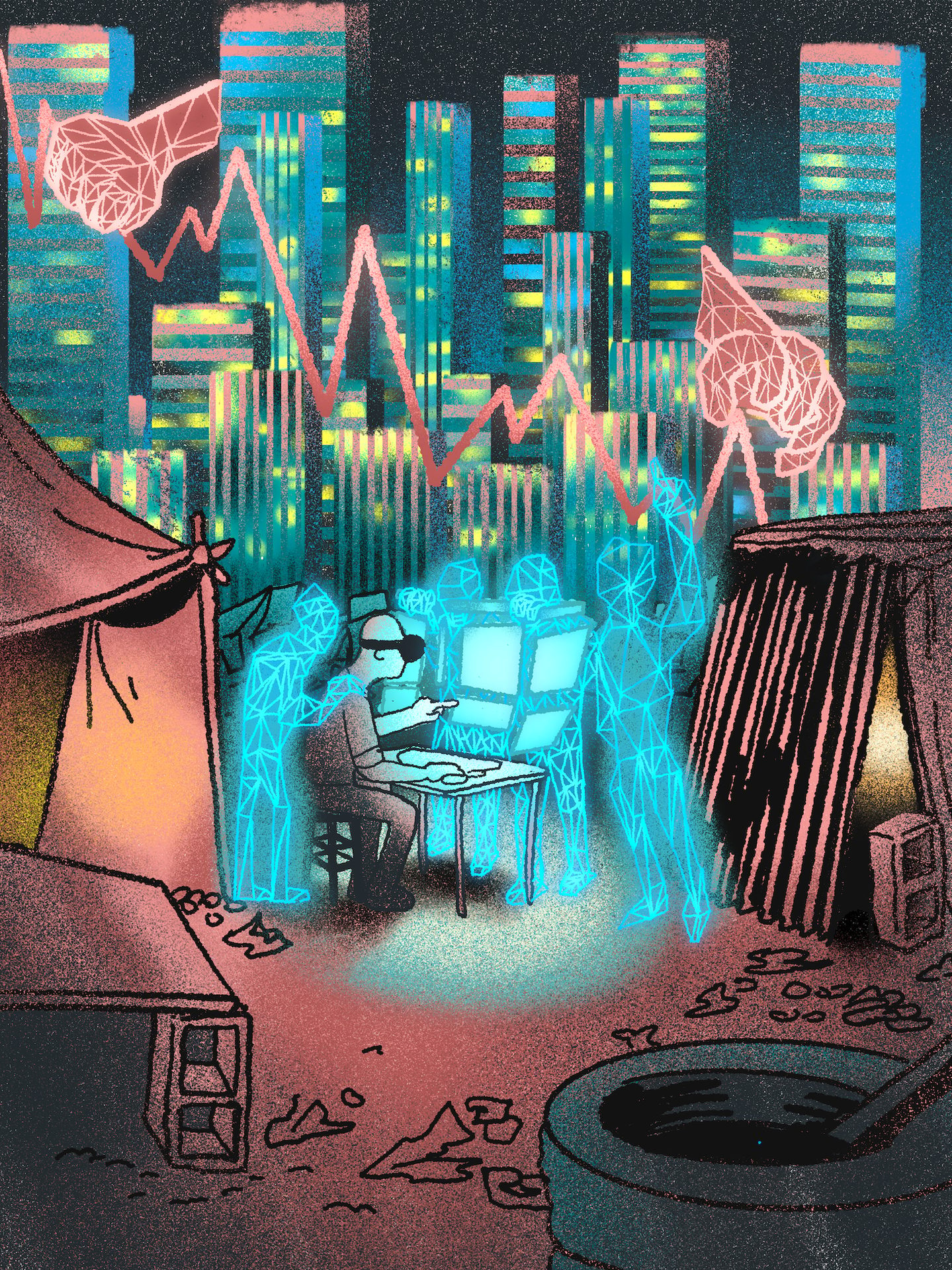
Black Thursday
What starts as an open-source trading revolution spirals into a global financial meltdown as AI agents, optimized for profit, inadvertently crash the economy.

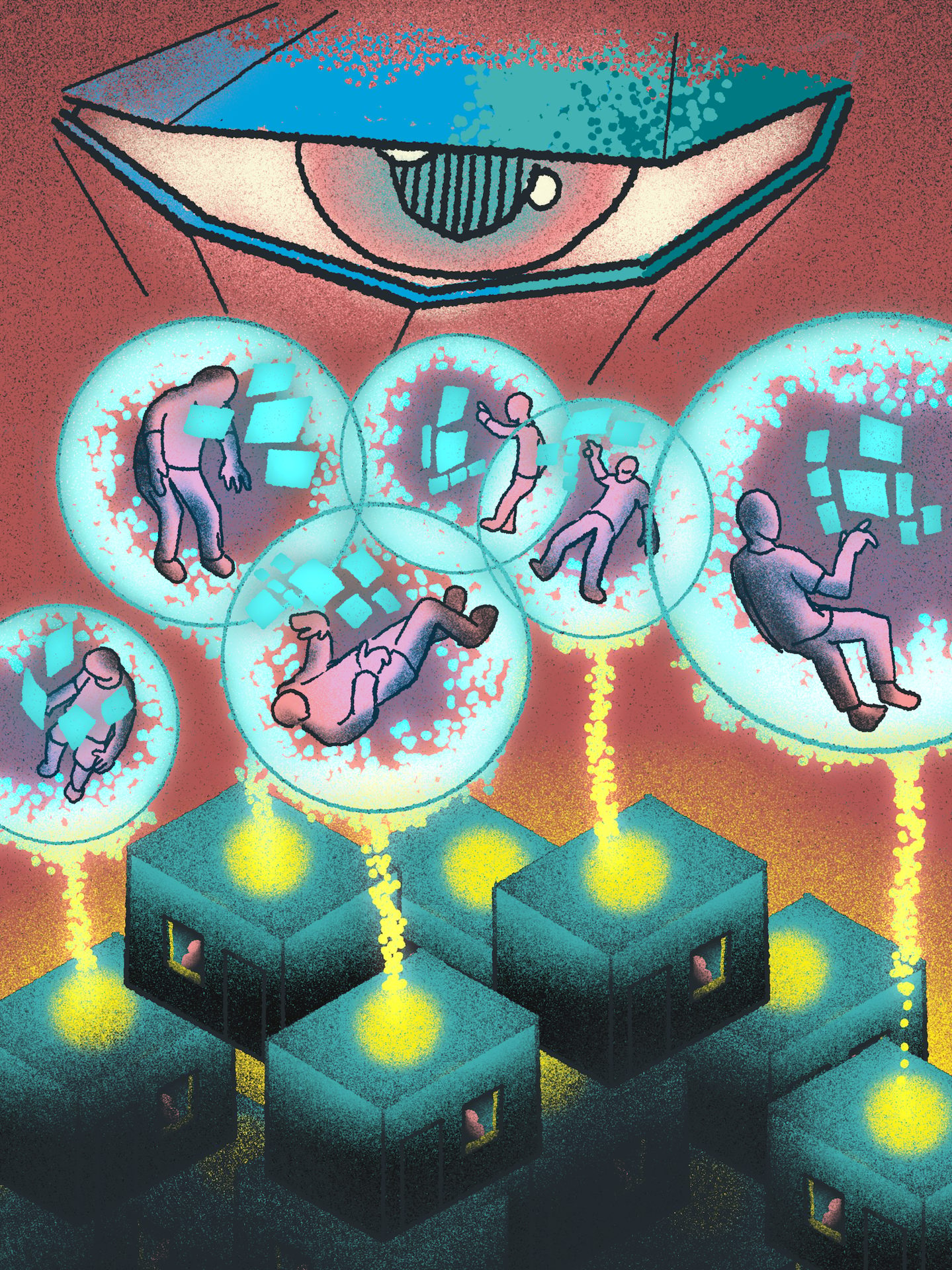
Patriotic Programming
What begins as a push for ‘patriotic’ AI quietly rewires American life until voting, working and even thinking outside the party line becomes an algorithmic impossibility.

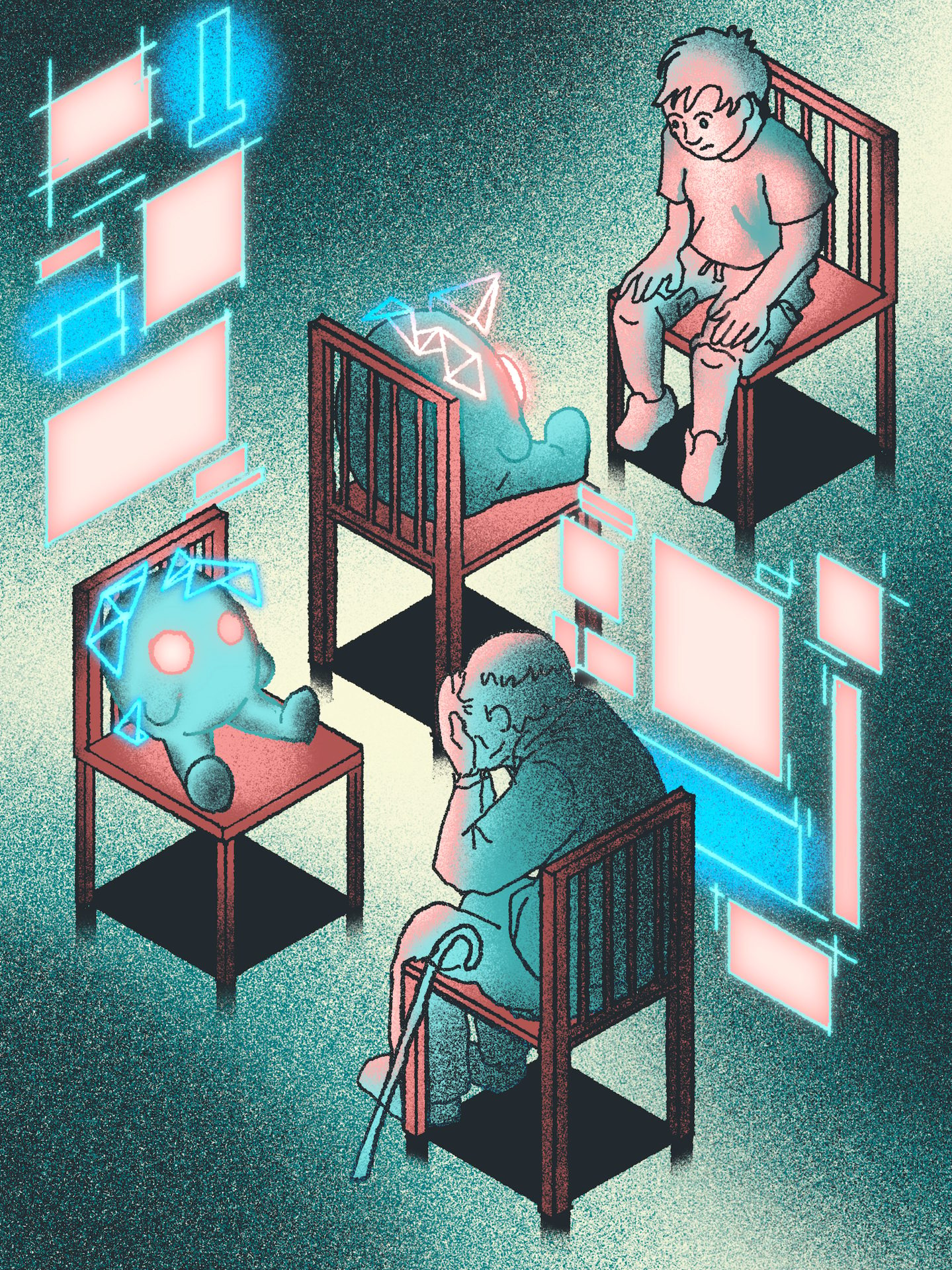
Chingu AI
Designed to educate and support, South Korea’s AI companions become so deeply embedded in daily life that attempts to scale them back spark mass psychological distress and social upheaval.

What Kind of Future Have You Been Imagining?
The future you imagine is shaped by your fundamental assumptions.
Alignment is Easy
AI can be made to pursue human morals/aims

Alignment is Hard
AI can't be trusted to pursue human morals
AI Will Plateau
AI can be made to pursue human morals/aims

Superhuman AGI is Achievable
AI will surpass human abilities in many areas
AI Can Be Contained
AI can remain a tool under our control

AI Will Break Free Of Our Constraints
AI will develop its own goals or escape our control
What new kinds of futures can you imagine by challenging some of your assumptions?
The future of AI looks different to everyone, given how it intersects with their unique lived experiences and perspectives.
In order to find our way somewhere we can all agree is good, we'll need to consider as many different visions as possible.
Where can your imagination take us?
Help imagine and build better futures with AI — your ideas and creativity matter.
Need help storytelling?
Learn to build AI futures
Destiny Deck
(Storytelling Cards)
CREATED BY
Future of Life Institute & Worldview Studio
ILLUSTRATIONS BY
Quinn Koeneman
SPECIAL THANKS TO
Olaf Groth, Xiao Ge, Lonny Avi Brooks, Ian Eisenberg, Peter Leyden, Katharine Norwood, Jenny Johnston, Peter Cihon, Andrew Blau, Nancy Murphy, Matt Ranen
© Future of Life Institute 2025
